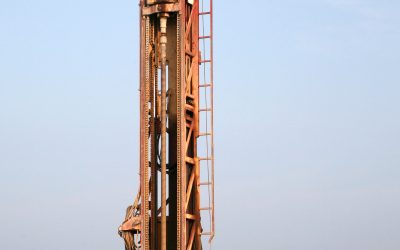About the biggest limitation on the use of Industrial Burners is – “what do you mean by industrial”? For the purpose of this article, let’s not look at industrial burning; but rather look at burning gas to provide a hot flame which is then used as part of the processes carried out by a commercial enterprise.
Typical Processes
These can include but are, in no way, limited to:-
- Food supply; ovens for baking – everything from bread and pastries to pies and pizzas; roasters for such as chickens; deep fryers, restaurant grills and hotplates, etc.
- Metal melting for casting shapes in molds.
- Metal heating as a prelude to forging or for heat treatment (usually, these Industrial Burners are inside furnaces).
- Immersion heaters for heating liquids in bulk – such as evaporators, asphalt heating, degreasing tanks, hot metal quenching tanks, plating tanks, and smaller water boilers (steam laundry, etc.).
- Wood drying kilns in the lumber industry.
- Agricultural space heaters for green houses, commercial chicken sheds, etc.
- The oil, gas and petrochemical require sophisticated heaters and Industrial Burners for many of their in-plant processes.
- Etc., etc.
The designs, size and types of gas burner are almost as numerous as the applications which use Industrial Burners. They all burn gas; but there are various types of gas that can be used –for example, an agriculture based industry might generate its own gas (methane) from animal and/or vegetable waste; a bakery in a city might be able to tap into a piped supply of natural gas; or plants outside the city may choose to have propane delivered in bulk to their own, on site, storage tanks. Refineries and the like usually have enough spare gas as a by-product to be able to use their own.
Different Gas Means Different Burner
Whatever gas an enterprise uses as fuel for its Industrial Burners, the gas has to be mixed with air before it can be safely and efficiently burnt; different gases require different ratios of air to gas. These differences are taken care of by a part of the Industrial Burners known as the inspirator which often uses a Venturi tube or orifice to control pressures, velocities and mixtures. Users of these gas burners must ensure that this part of their burner is fully compatible with the gas they are using and rated for their gas pressure.


